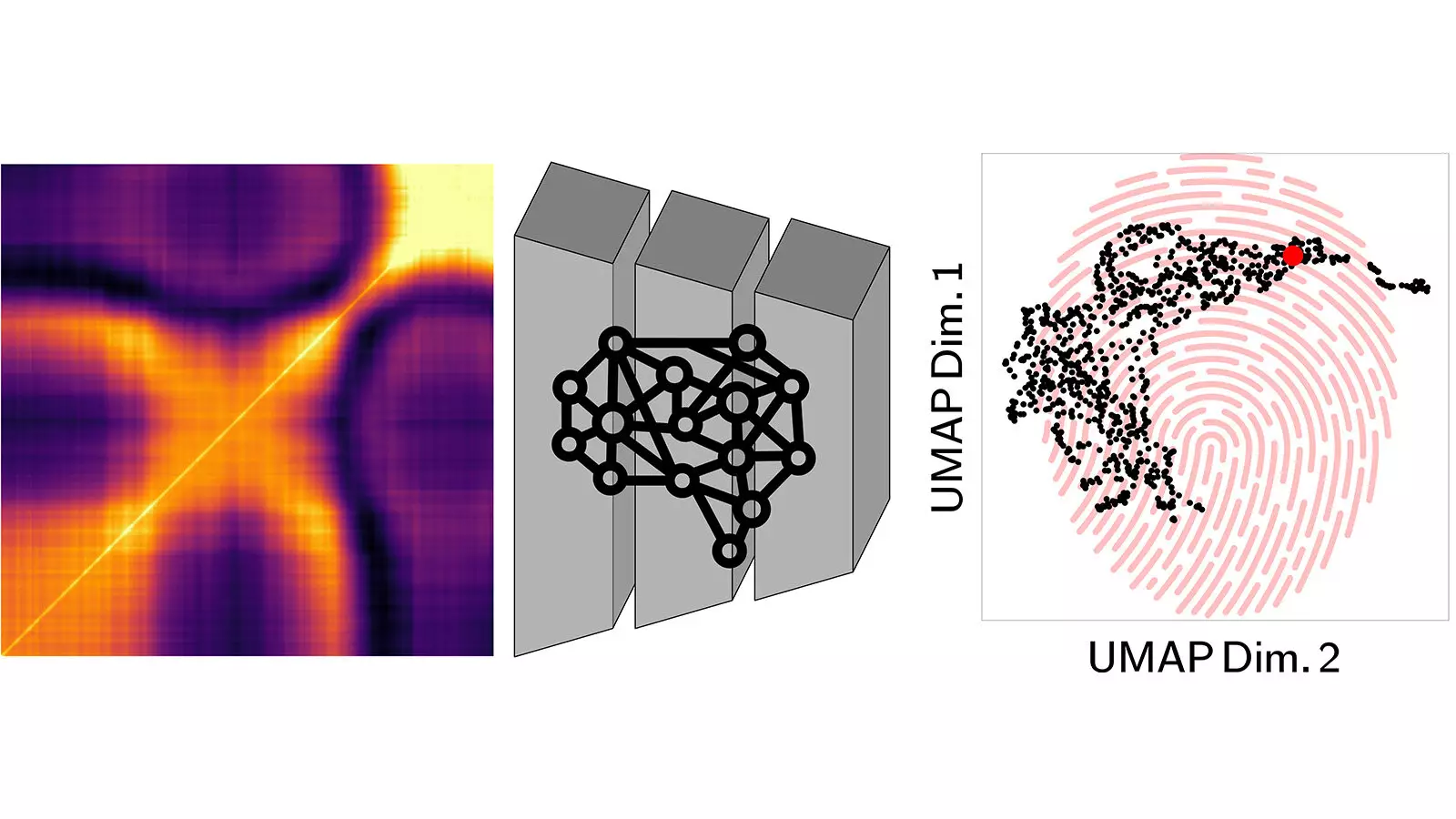Just like living organisms, materials are not static; they transform and display unique behaviors under varying conditions. Recognizing and quantifying these shifts is crucial not only for theoretical science but also for practical application in numerous industries ranging from pharmaceuticals to nanotechnology. Researchers at the United States Department of Energy’s Argonne National Laboratory have taken a significant step in this direction by merging advanced X-ray techniques with artificial intelligence (AI) to analyze materials in a profoundly new way. Their innovative strategy emphasizes the importance of observing materials dynamically—how they evolve during stress and relaxation—which has been a longstanding challenge for scientists.
Decoding Complexity with X-ray Photon Correlation Spectroscopy
At the core of this groundbreaking effort lies X-ray photon correlation spectroscopy (XPCS). This sophisticated technique captures the intricate patterns of X-rays as they scatter off a substance, revealing information about its structural and dynamical properties. However, the complexity of the resulting data can easily overwhelm human interpretation. The sheer volume and diversity of scatter patterns present a formidable challenge, making it nearly impossible for researchers to decode these nuanced signatures without assistance. This is where AI becomes a vital asset; by employing advanced neural networks, scientists can derive valuable insights that have remained elusive.
The research led by postdoctoral researcher James Horwath and his collaborators represents a significant amplification of XPCS’s capability through AI integration. Horwath’s comparison of data processing to the human genome illustrates the depth of information contained within the scatter patterns. By generating concise “fingerprints” of the material’s properties, the researchers create a roadmap for understanding how these materials function over time.
Introducing AI-NERD: A Collaborative Approach
The initiative, humorously dubbed Artificial Intelligence for Non-Equilibrium Relaxation Dynamics (AI-NERD), is pioneering in its marriage of advanced machine learning algorithms with experimental techniques. Using an unsupervised learning algorithm, the researchers eliminate the need for extensive human-led coaching; the AI learns to detect patterns within the X-ray scattering data autonomously. This facilitates a more organic form of engagement with the materials, allowing the AI to identify intricate and often hidden relationships among various fingerprints.
The autoencoder mechanism employed to transform raw data into condensed representations reflects a major leap in data analysis. This dual-capacity model captures essential features while simultaneously offering pathways to reconstruct complete images. Through this method, scientists not only create an accessible visualization of structural iterations but also intuitively grasp how these materials adapt under specific conditions.
From Data to Insight: Understanding Material Evolution
What truly sets this research apart is its focus on clustering fingerprints into neighborhoods based on their characteristics. By doing this, researchers can move past individual data points to grasp broader behavioral trends within material groups. The AI’s acute pattern recognition ability becomes indispensable here, efficiently categorizing and sorting different X-ray images into a coherent map that can reveal the evolution of the material under stress.
Horwath aptly describes the AI as a “pattern recognition expert,” implying that the advanced capabilities of machine learning can drive scientific discovery in unprecedented ways. Conventionally, understanding the relationships between structural changes and external stressors requires exhaustive analysis and subjective interpretation, potentially leading to a spatial and temporal bias in research outcomes. AI-NERD mitigates this risk by mapping behaviors holistically, ensuring a more accurate representation of underlying principles.
Future Frontiers: Upgraded Possibilities with APS
Looking ahead, this newly established synergy between AI and X-ray techniques will prove even more consequential with the upgrade of the Advanced Photon Source (APS), set to produce X-ray beams that are up to 500 times brighter than its predecessor. Such an upgrade will exponentially multiply the amount of data generated, necessitating the integration of sophisticated AI systems to sift through the deluge effectively. The collaborative efforts across different Argonne groups demonstrate an inspiring commitment to harness this technological potential for addressing scientific challenges.
By positioning AI at the forefront, scientists can better utilize the massive datasets and gain deeper insights into the microcosmic behaviors of materials. The work being done at Argonne serves not only to enhance our foundational understanding of materials but also equips us with the tools to innovate and refine technologies across various domains—from renewable energy solutions to cutting-edge pharmaceuticals.
A New Paradigm in Material Science
In an era where interdisciplinary collaboration is vital, the Argonne team’s efforts underscore the profound impacts of integrating AI within traditional scientific frameworks. This project holds the promise of redefining standard protocols in material analysis, merging empirical investigation with computational prowess. As this research progresses, the potential for breakthroughs that traverse conventional boundaries becomes increasingly tangible. The future of materials science is dynamic, driven by innovation, and illuminated by the powerful intersection of AI and high-energy X-ray techniques.

